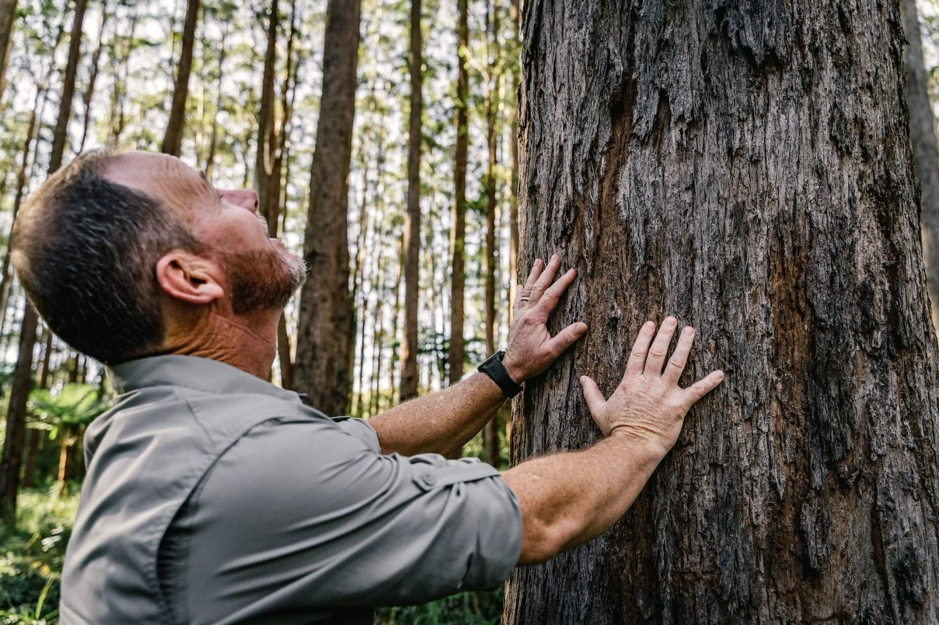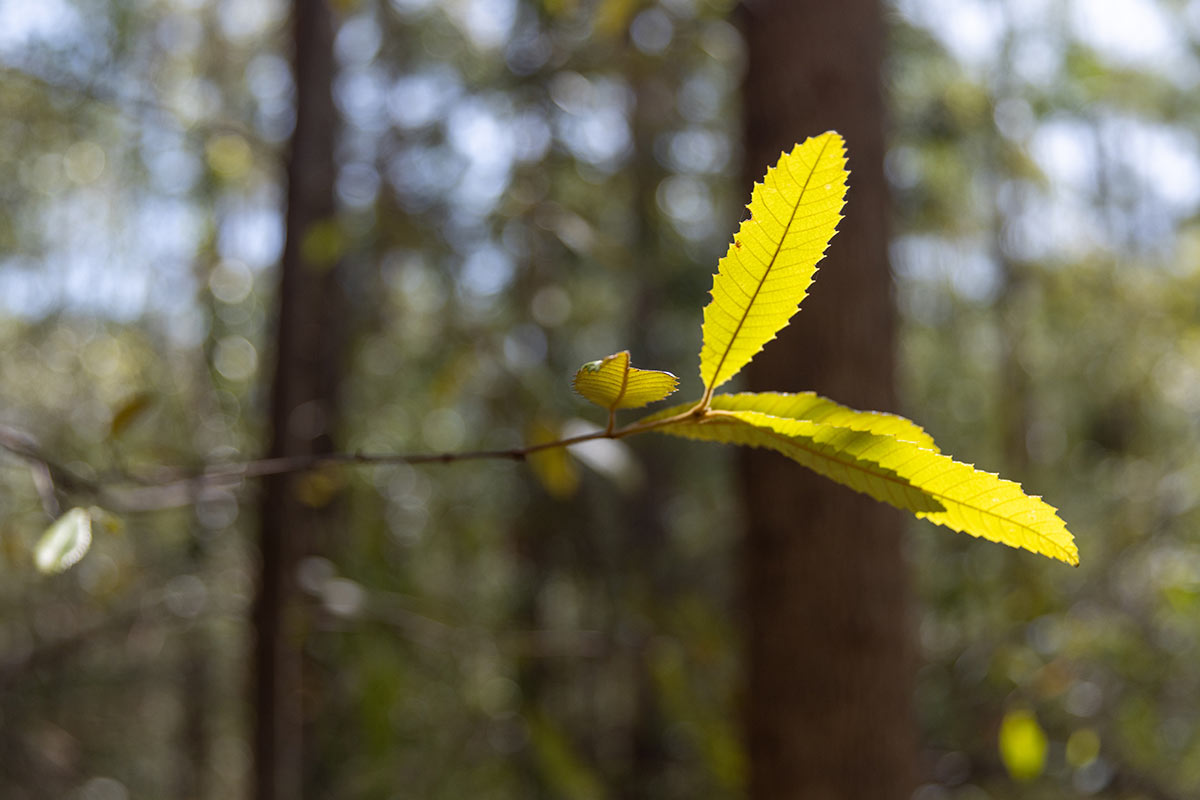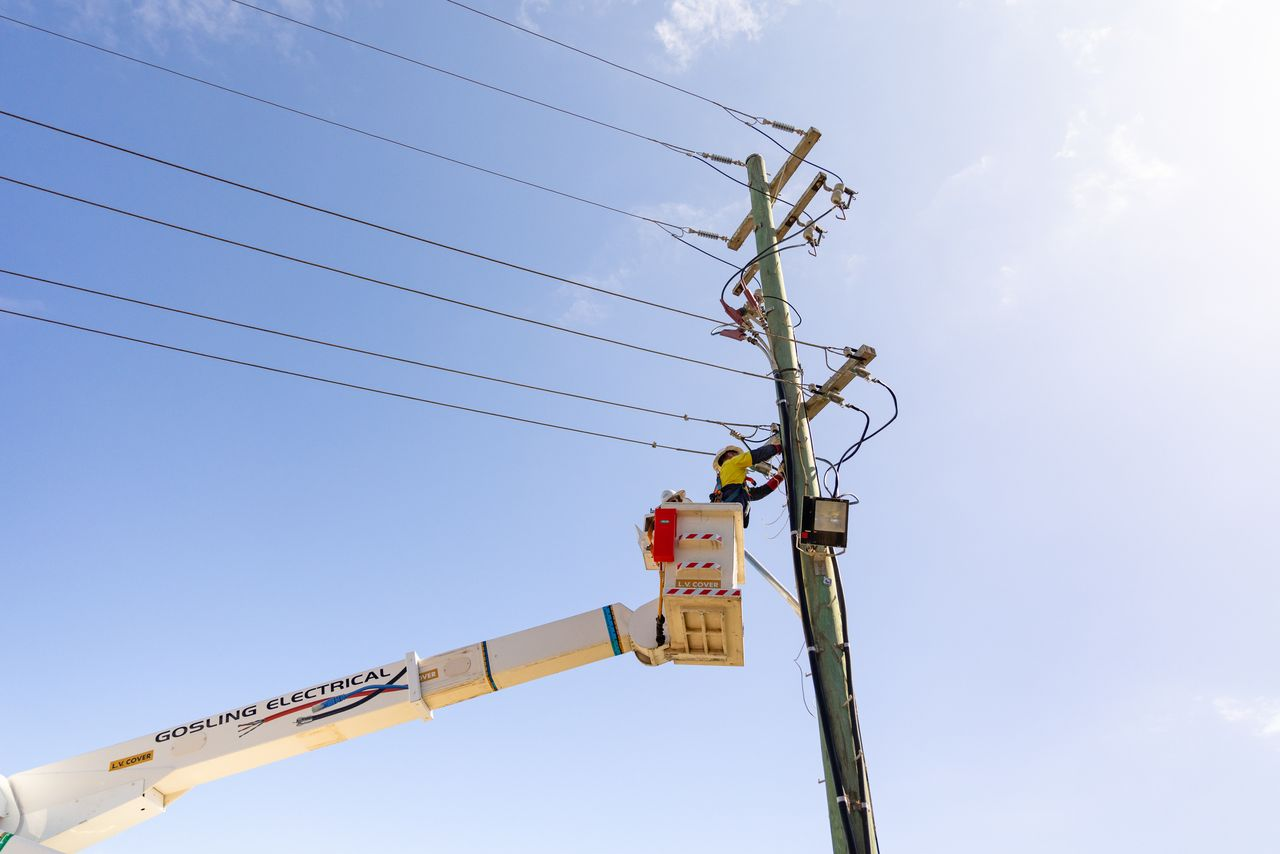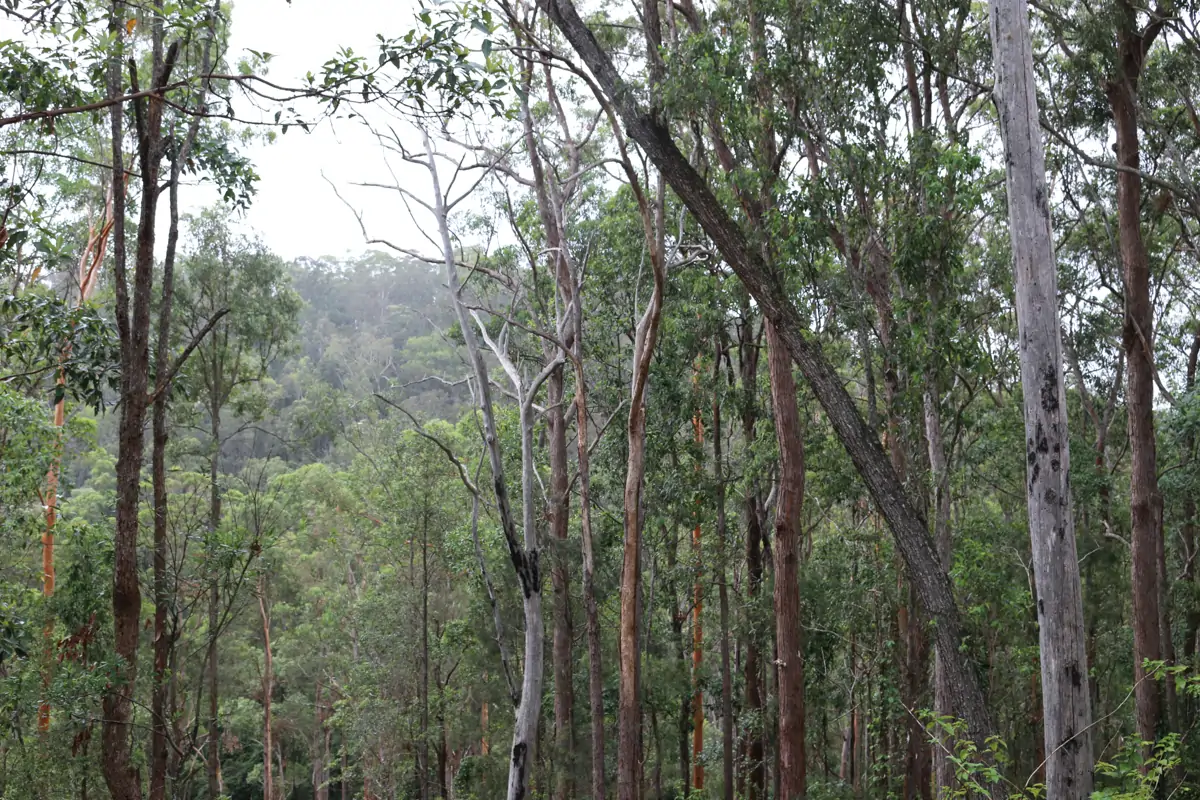In this blog, we take a look at how wood could be the answer to climate change. Plus, the growing number of industry bodies supporting carbon offsets. We’ll give you the low down on forest certification and carbon offsets.
Wood and Climate Change
Wood is not only the ultimate renewable resource. It is the growing answer to climate change. The Ultimate Renewable [1] is a collaboration between Forest and Wood Products Australia and forest growers to help people understand the natural benefits of wood as a renewable material, which can help reduce the effects of climate change.
The name ‘The Ultimate Renewable™’ is due to the fact that, unlike other mainstream building materials, wood is managed for planting, growing, and harvesting. This process leads to a range of advantages including reducing the depletion of global resources, decreasing the amount of greenhouse gas emissions, and lowering the amount of energy required for production.
Growing trees absorb carbon dioxide and store the carbon so efficiently that it accounts for about half the dry weight of wood.
Reforestation + Planting New Forests
Are you thinking of adding to or planting a new forest on your property?
There are many initiatives available to encourage new tree planting or replanting bushfire-affected forests on private land in NSW.
New Plantation Loan – Regional Investment Corporation
From December 2021, a new Plantation Loan has become available for farmers to support plantation development on their land to diversify their income. Farmers can also concurrently apply for the Emissions Reduction Fund accreditation and have the carbon credits recognised.
This new loan is particularly welcome news to the NSW forestry industry which estimates that 400,000 hectares of new plantations will be required to meet demand over the next decade.
Visit Regional Investment Corporation [2] for more information on Plantation Loans.

Carbon Positive Australia – Landowner Partnerships
Carbon Positive Australia are experts in reforestation, carbon offsets, and environmental plantings. Each year, Carbon Positive Australia supports a small number of landholders to develop large-scale mixed native species environmental plantings. If you have a minimum of twenty hectares of land either as a single landowner or group of neighboring landowners, you could be eligible for a fully-funded planting.
Visit Carbon Positive Australia [3] for more information on Landowner Partnerships.
Climate Friendly – Your partner in carbon farming
Another option is to become a carbon farmer and monetise your land through the sale of earned carbon credits. Carbon farmers using an Australian government-approved carbon farming method will receive one Australian Carbon Credit Unit (ACCU) for each metric tonne of carbon dioxide equivalent that their project avoids emitting into the atmosphere or stores in the land.
Visit Climate Friendly [4] for more information on carbon farming partnerships.
What is a Carbon Credit?
Carbon credits are certificates declaring the volume of stored/reduced carbon. Each carbon credit is achieved from storing/ reducing one tonne of carbon dioxide. These credits can then be sold to companies wishing to offset their greenhouse gas emissions.
Forest Certification – Responsible Wood
Responsible Wood [6] is the National Governing Body for Programme for Endorsement of Forest Certification (PEFC) in Australia. Their vision is to ensure Australia’s forests, and all products sourced from them, are amongst the most sustainable in the world.
PEFC [7] is an international not-for-profit, non-governmental organisation dedicated to promoting sustainable forest management globally. With more than three hundred million hectares of certified forests, PEFC is the world’s largest forest certification system.
Small forest owners can apply for PEFC through group certification. This allows multiple forest owners to become certified as a group, sharing the financial costs arising from obtaining certification and ensuring compliance with specific requirements at the group level.
In Australia, only previously cleared land that has undergone reforestation is eligible to apply for carbon credits (Forestry Corporation) [5].

If PEFC certification is something you are considering, let us help. Get in touch [8] today to find out more. Sustainable Forest Management complies with the Private Native Forestry Code of Practice [9] which is audited by the NSW Environment Protection Authority.
Download the Responsible Wood Guide to Enabling Sustainability (PDF) [10]
Wood – In summary
As an in-demand renewable resource, there has never been a better time to consider sustainable forest management of your privately owned land. By sustainably logging your land and promoting reforestation, through either hazard reduction burns or replanting seedlings, you could be eligible for carbon credits.
Certification of sustainably managed forests through PEFC enables consumers to have confidence the wood products have come from sustainably managed forests.

[1] The Ultimate Renewable – Here you will find the latest news, updates and links to online resources from The Ultimate Renewable™, Forest and Wood Products Australia (FWPA), WoodSolutions and Planet Ark’s ‘Make it Wood’ program.
https://theultimaterenewable.com.au/
[2] Plantation Loan – The Regional Investment Corporation (RIC) is an Australian Government-backed specialist finance provider for farmers and farm-related small businesses.
https://www.ric.gov.au/plantation
[3] Carbon Positive Australia is an Australian charity that has been restoring degraded lands through ecologically sensitive planting for the last 20 years. We encourage everyone to make climate-healthy choices that go beyond being ‘carbon neutral.
– https://carbonpositiveaustralia.org.au/
[4] Climate Friendly – We provide project services across the widest range of project types of any carbon farming business, and our expert team is ready to help you tap into the opportunities carbon farming offers.
https://climatefriendly.com/
[5] Forestry Corporation – Forestry Corporation of NSW is the largest manager of commercial native and plantation forests in NSW, growing enough timber each year to build a quarter of new homes in Australia and replanting and regrowing around 40 million seedlings annually.
https://www.forestrycorporation.com.au/sustainability/carbon-and-forests
[6] Responsible Wood – https://www.responsiblewood.org.au/
[7] PEFC – Helping all actors of the wood furniture supply chain and consumers embrace responsible sourcing of wood furniture.
https://www.pefc.org/
[8] Contact Us – Sustainable Forest Management – https://sustainableforestmanagement.com.au/contact/
[9] PRIVATE NATIVE FORESTRY CODES OF PRACTICE – are statutory documents that guide private native forestry operations in NSW. The Private Native Forestry Codes set minimum operating standards for harvesting in private native forests in line with ecologically sustainable forest management.
https://www.lls.nsw.gov.au/help-and-advice/private-native-forestry/private-native-forestry-code-of-practice
[10] DOWNLOAD PDF – Responsible Wood Guide to Enabling Sustainability.



